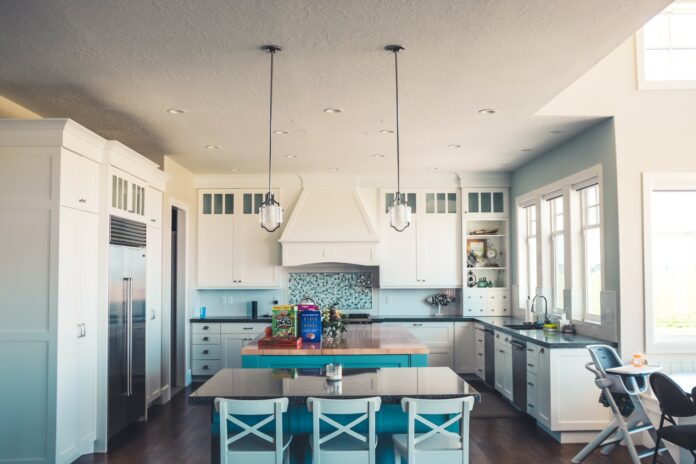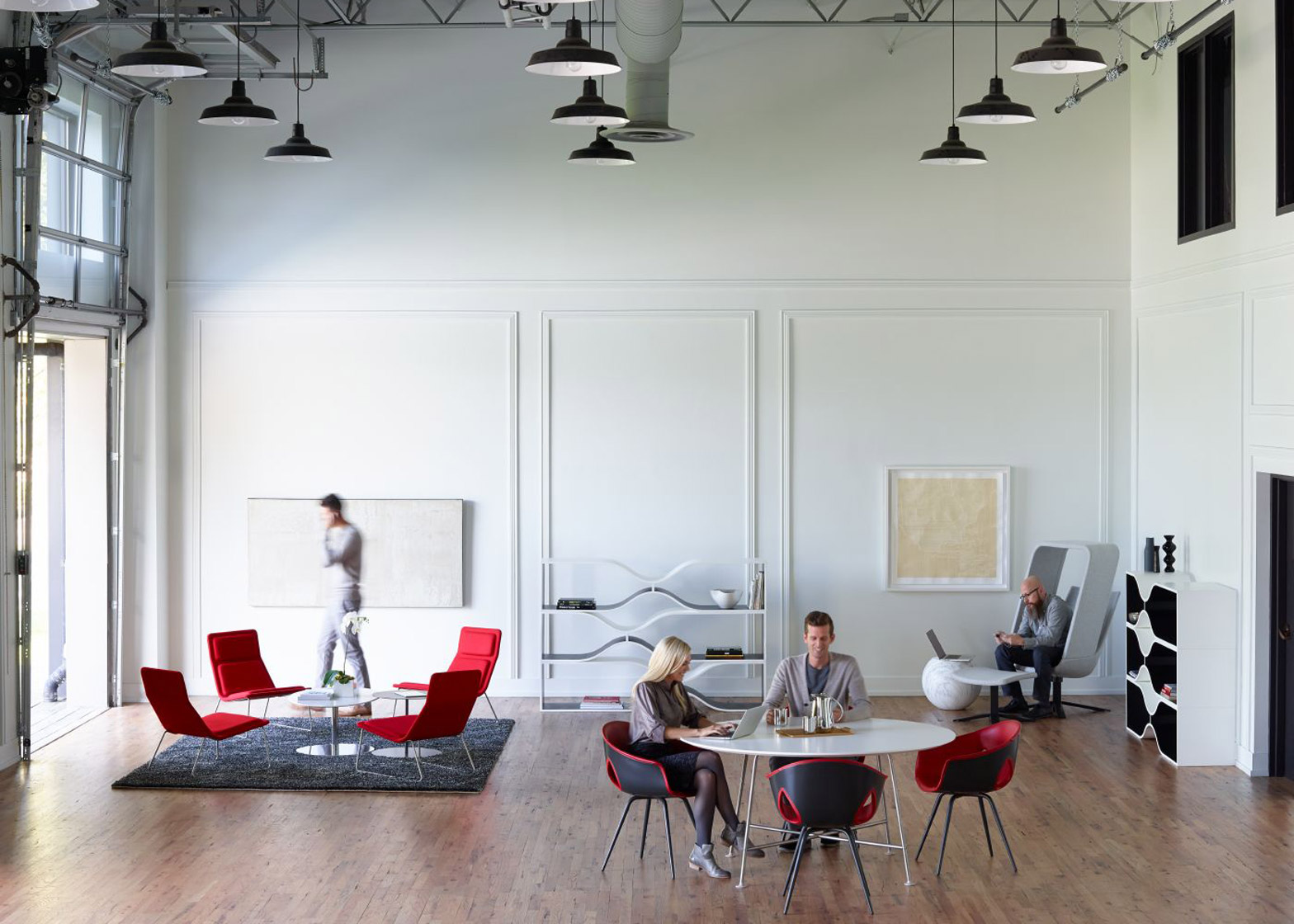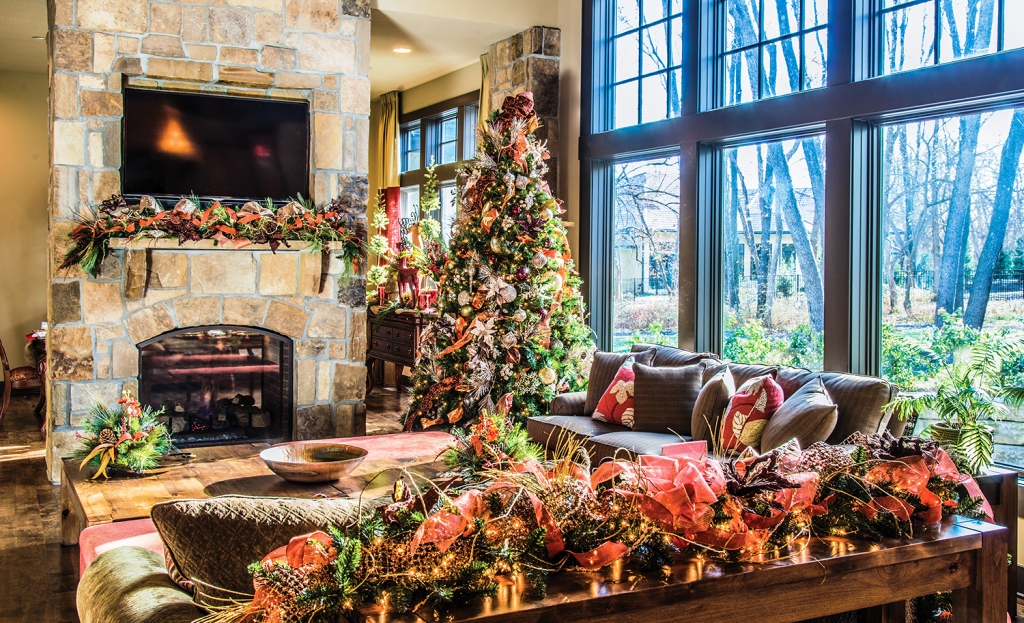You live and breathe interior design. Take your passion and career to the next level! Learn how to start an interior design business from scratch.
Interior design is an art form. To those who don’t have an eye for detail, seeing a room artfully arranged and decorated is a truly magical experience. That’s why so many people are willing to pay serious money to hire a skilled pro.
If you’ve been blessed with this gift, and those around you have suggested opening your own design studio, you’ll need to know how to start an interior design business. As with any business, it’s complicated and takes a lot of work, but it’s worth every ounce of effort.
This article looks at the steps required to become a successful interior designer. Keep reading to learn everything you’ll need to know to successfully get your own small business off the ground.
You’ll Need a Catchy Business Name
Make no mistake, you’ll be facing plenty of competition. That’s why you have to take advantage of every competitive edge possible.
One crucial task is to select a business name that will stand out. A strong name for an interior design business needs to be catchy and reflect a certain amount of style without sounding silly.
Choose a name that is tasteful yet memorable. Just avoid generic at all costs.
Decide on a Specialty
With so much competition, you’d be smart to focus on a specialty.
Is there an aspect of design that you do particularly well? Do you have a skill that is somewhat rare or unique to capitalize on? Again, the secret to success is finding a competitive edge that will get people talking.
Perhaps focus on a specialty niche in the market. This could include focusing solely on larger homes, working with families with kids. Perhaps you might work only on certain types of spaces, such as bedrooms, bathrooms, or kitchens.
Anything you can do to separate your business from everyone else will help to consistently attract a strong client base.
Build a Portfolio of Your work
As a professional interior designer, one of your most important tools is a quality portfolio. This is a tool that you can show potential clients so they can clearly see the level of work you’re capable of producing.
An interior design portfolio is a collection of photos of your work. The photos should be taken by a professional photographer, if possible, so that every image gleams with quality.
Believe it or not, your portfolio will ultimately be the thing that wows potential clients the most. So don’t try to save a few bucks and take the pics using your smartphone. After all, a pro photographer might seem like an unnecessary expense, but the pay-off will be worth every penny you spend.
Have a Work Space to Operate From
You’re also going to need an office space to work from. This could be at home or a leased space. Whatever you choose, it needs to be a space where clients can sit down with you on a regular basis to discuss their projects.
It’s fine to use a home office for paperwork, such as invoicing and other administrative matters, but ultimately it’s more professional to have a leased space that can serve as the actual home base for your business so that you can really spread out and be free to work.
You might not need an expansive space when first getting started, and yet it’s wise to look for a commercial space large enough that you won’t risk quickly outgrowing it as your client list expands.
Create a Web Presence
There’s simply no excuse for not having a professional website. This is an essential element of any small business, but especially for an interior designer.
Build quality websites, that can be made and designed at a reasonable price. Here is the cheapest way to make a website. This gives you a place to display some of your portfolio, and allows people to easily contact you and set appointments.
Start a Blog
Another important aspect of your website is to start blogging. You might not think blogging is part of the job, but as an interior designer, you need to take advantage of every avenue available to connect with potential clients.
A blog provides an opportunity to express yourself, discuss topics related to your work, and lets people see a side of you they might not be able to experience on the phone or during an office visit.
Write about anything and everything related to design. The key is to be personable yet professional, and creative yet intimate. You might be very surprised at how this can be an effective tool for generating business. Just remember to have fun with it.
Set a Rate for Your Design Services
Obviously, your rate is important. Do some research and investigate what others are charging for similar services. Will you charge an hourly rate, a fixed rate for the overall job, or perhaps charge by the square foot?
These are questions you need to answer ahead of time so that you can firmly establish your rate before getting down to business with clients.
When it comes to pricing, here is a simple LTL shipping quote platform that can help keep costs down.
Be Active on Social Media
It should come as no surprise that social media is the most powerful marketing tool ever created.
This is your chance to engage with followers in real-time and put your work on display.
Build Relationships with Other Professionals in the Industry
Finally, it’s hard to overemphasize the importance of building professional relationships within the industry.
This professional network will help you find clients, purchase the best materials, as well as expand your knowledge base. Keep in mind that goodwill among your professional peers is one of the most valuable assets you can cultivate.
Enjoy These Tips on How to Start an Interior Design Business
Learning how to start an interior design business isn’t easy. Fortunately, the tips contained here can help take some of the stress out of building your brand.
If you found this article informative, be sure to check out the rest of our website for plenty more





















